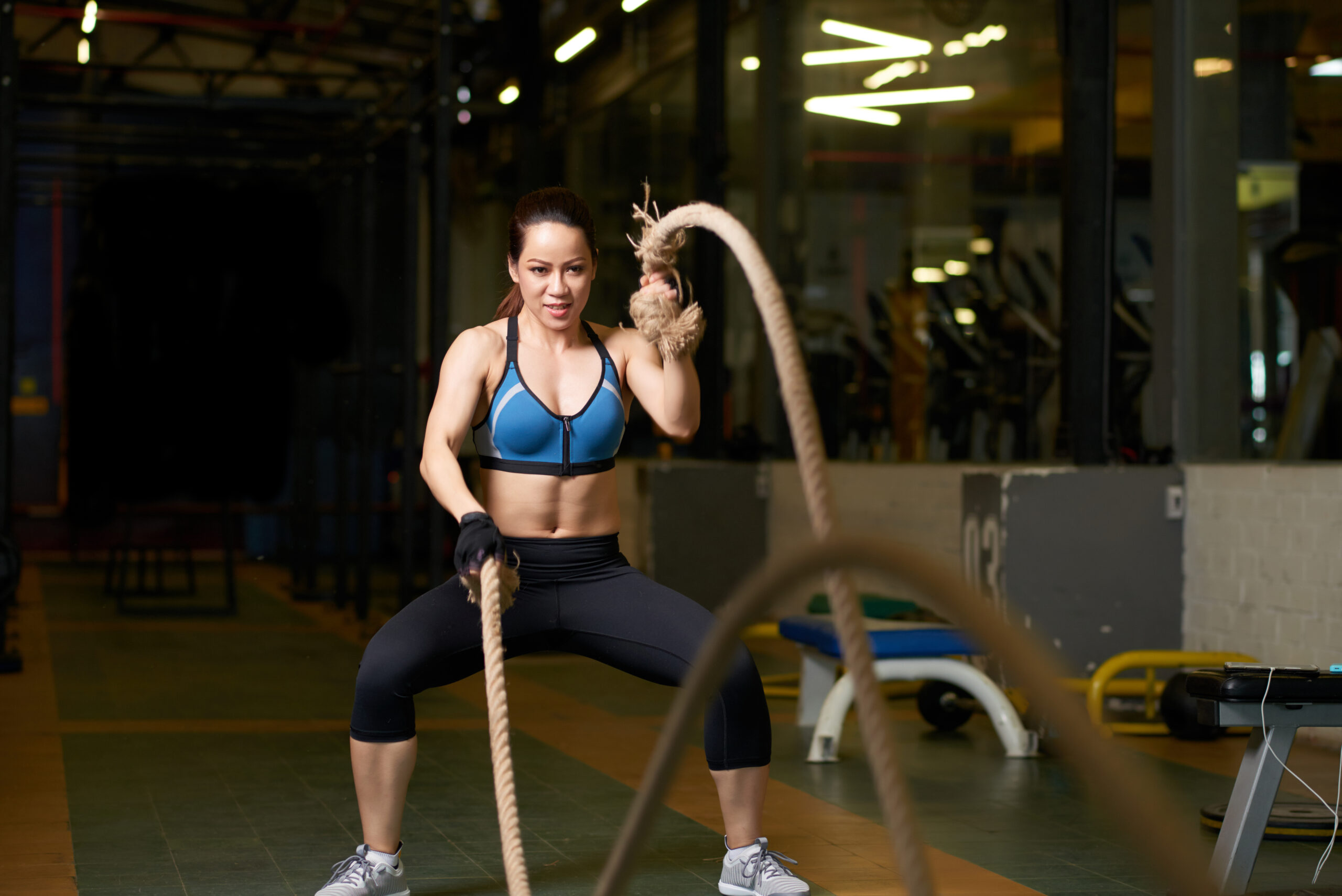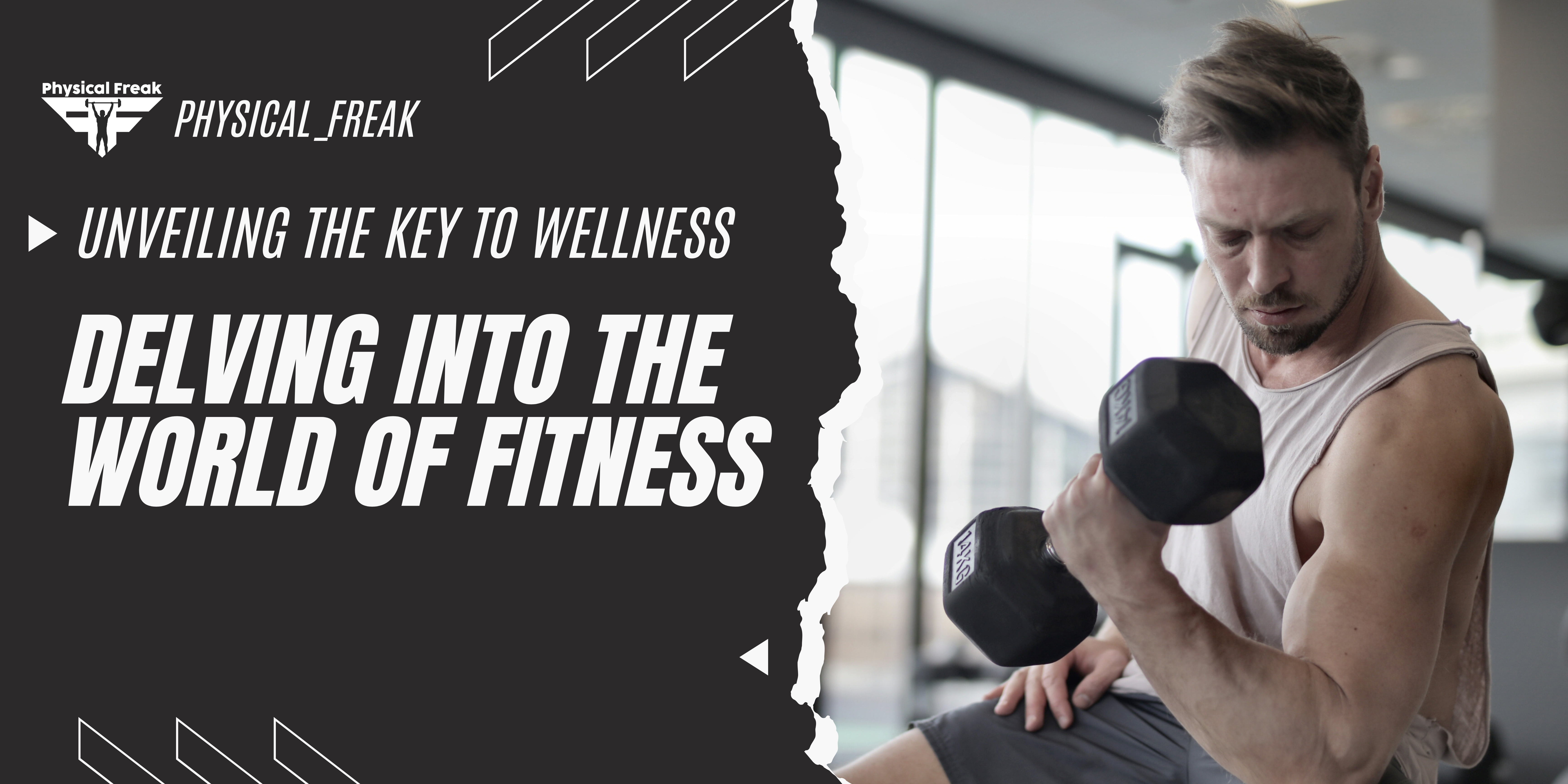Introduction to Functional Fitness
Functional fitness is a dynamic approach to exercise that focuses on enhancing your ability to perform everyday activities. Unlike traditional gym workouts that isolate individual muscles, functional workouts incorporate movements that mimic real-life actions such as lifting, squatting, pushing, and pulling. This training improves strength, mobility, flexibility, balance, and coordination, making daily tasks easier and reducing the risk of injuries.
Why Functional Fitness Matters
1. Enhances Everyday Performance
Functional exercises train your muscles to work together efficiently, improving movements such as carrying groceries, climbing stairs, and playing sports. These movements target multiple muscle groups, ensuring your body functions as a whole.
2. Prevents Injuries
By focusing on mobility exercises and balance training, functional workouts strengthen muscles, ligaments, and joints, reducing the risk of falls and injuries. It also improves posture and reduces strain on the lower back, knees, and shoulders.
3. Builds Core Strength
A strong core is essential for stability and balance. Functional training engages core muscles in every movement, helping to improve spinal alignment, reduce back pain, and enhance overall athletic performance.
4. Improves Flexibility and Range of Motion
Unlike traditional weightlifting, which may lead to stiff muscles, functional workouts incorporate dynamic movements that promote flexibility and increase the range of motion, allowing you to move more freely.
5. Boosts Strength and Endurance
Functional exercises use compound movements, engaging multiple muscle groups simultaneously, making them more effective for building strength and endurance than isolated exercises.
Essential Functional Fitness Exercises
1. Bodyweight Squats
Squats strengthen your legs, glutes, and core while mimicking natural sitting and standing movements.
How to Perform:
- Stand with feet shoulder-width apart.
- Lower your body by bending at the knees and pushing your hips back.
- Keep your chest upright and knees aligned.
- Push through your heels to return to standing.
2. Deadlifts
Deadlifts train your posterior chain, including the hamstrings, glutes, and lower back, improving posture and lifting strength.
How to Perform:
- Stand with feet hip-width apart and hold a dumbbell or barbell.
- Bend at the hips and lower the weight while keeping a straight back.
- Engage your core and lift back to standing.
3. Lunges
Lunges enhance balance and coordination while strengthening the lower body and improving mobility.
How to Perform:
- Step forward with one leg and lower your hips until both knees form a 90-degree angle.
- Keep your chest lifted and push back to the starting position.
- Repeat on the other side.
4. Kettlebell Swings
Kettlebell swings are great for cardiovascular fitness and full-body strength training.
How to Perform:
- Stand with feet shoulder-width apart and hold a kettlebell with both hands.
- Hinge at the hips and swing the kettlebell forward using momentum from your glutes.
- Control the movement as you bring the kettlebell back between your legs and repeat.
5. Push-Ups
Push-ups develop upper body and core strength, mimicking pushing movements used in daily activities.
How to Perform:
- Start in a plank position with hands under the shoulders.
- Lower your body while keeping your core engaged.
- Push back up to the starting position.
6. Medicine Ball Slams
This exercise improves power, coordination, and core engagement.
How to Perform:
- Hold a medicine ball overhead.
- Slam it down forcefully to the ground.
- Catch the ball and repeat.
How to Incorporate Functional Fitness into Your Routine
- Start with Bodyweight Movements: Master the basic movements before adding resistance or weights.
- Incorporate HIIT Workouts: Combine functional exercises with high-intensity interval training (HIIT) to boost cardiovascular endurance.
- Use Resistance Tools: Utilize resistance bands, kettlebells, and dumbbells to increase intensity.
- Focus on Form and Posture: Ensure proper movement mechanics to prevent injury and maximize effectiveness.
- Train at Least 3-4 Times Per Week: Consistency is key to reaping the benefits of functional fitness.
Who Can Benefit from Functional Fitness?
- Beginners: Functional exercises are easy to learn and provide a strong foundation for overall fitness.
- Athletes: Enhances agility, endurance, and power for sports performance.
- Seniors: Improves mobility, and balance, and prevents falls.
- Office Workers: Helps counteract the negative effects of prolonged sitting and poor posture.
- Individuals Recovering from Injuries: Functional training can be used in rehabilitation programs to restore movement patterns.
Conclusion
Functional fitness is an essential training method that enhances strength, mobility, flexibility, and coordination, making everyday activities easier and more efficient. Whether you’re looking to prevent injuries, build endurance, or improve balance, integrating functional workouts into your routine will transform the way you move and feel. Start today and experience the benefits of functional training for a stronger and healthier body!




